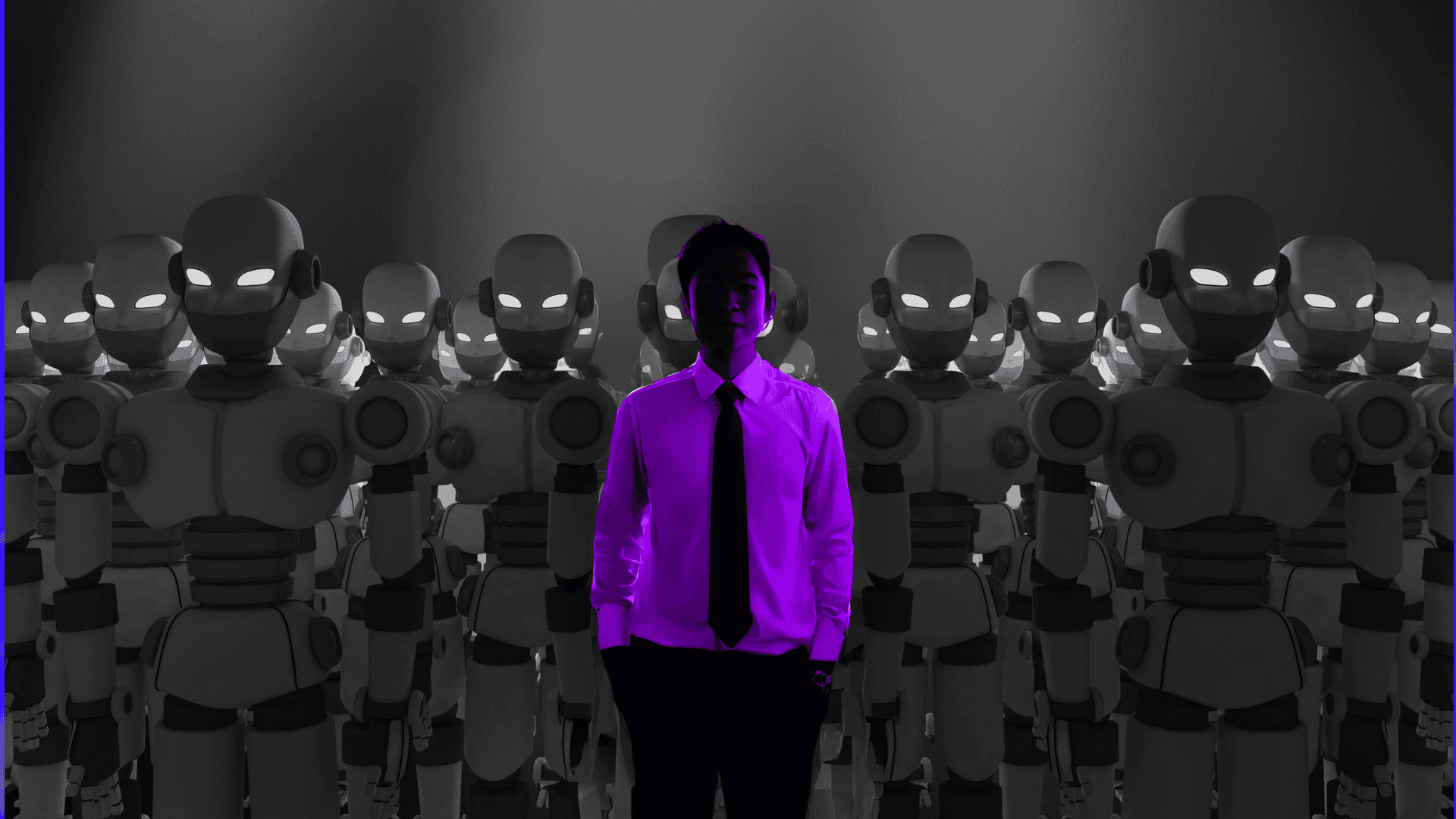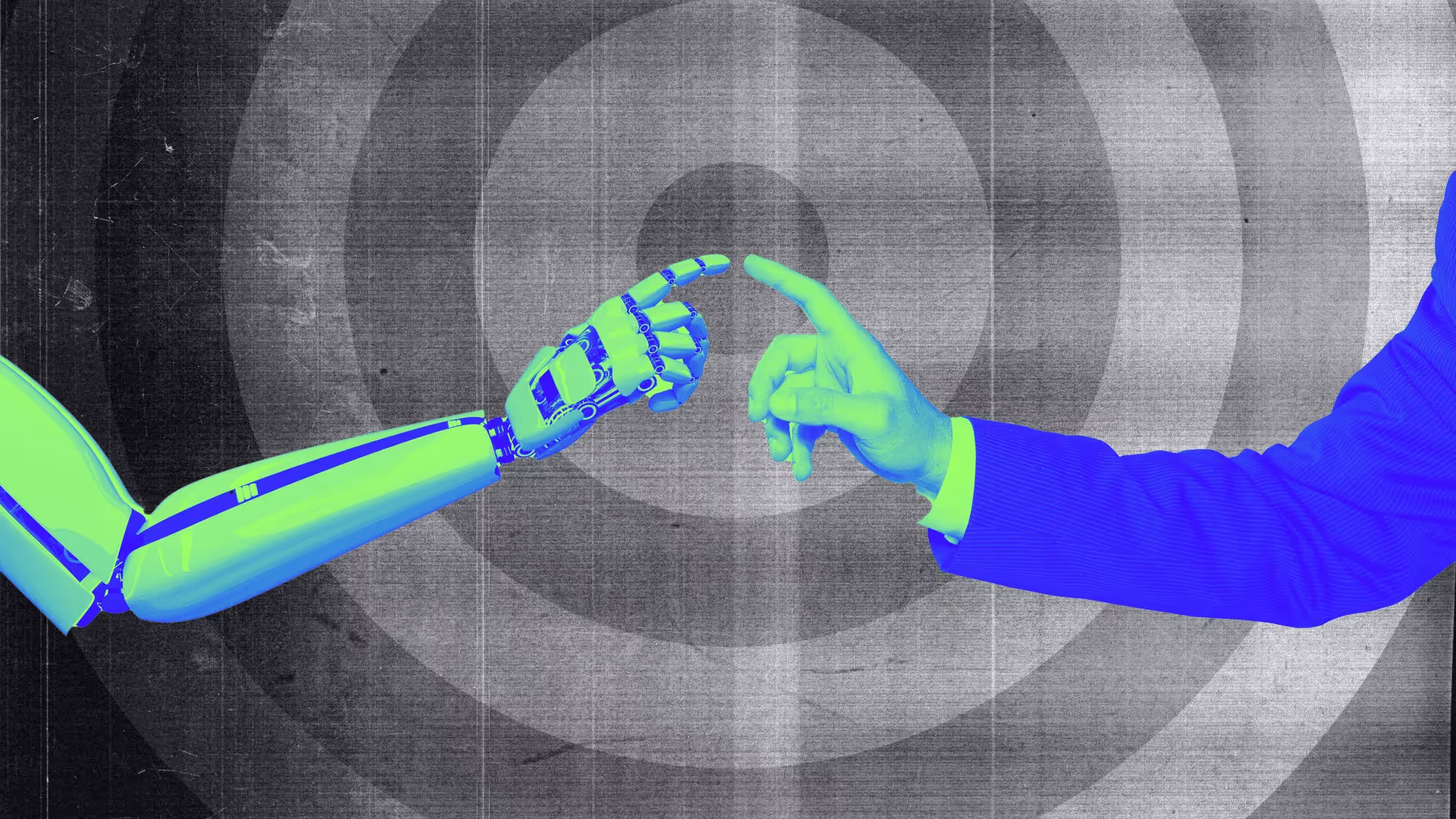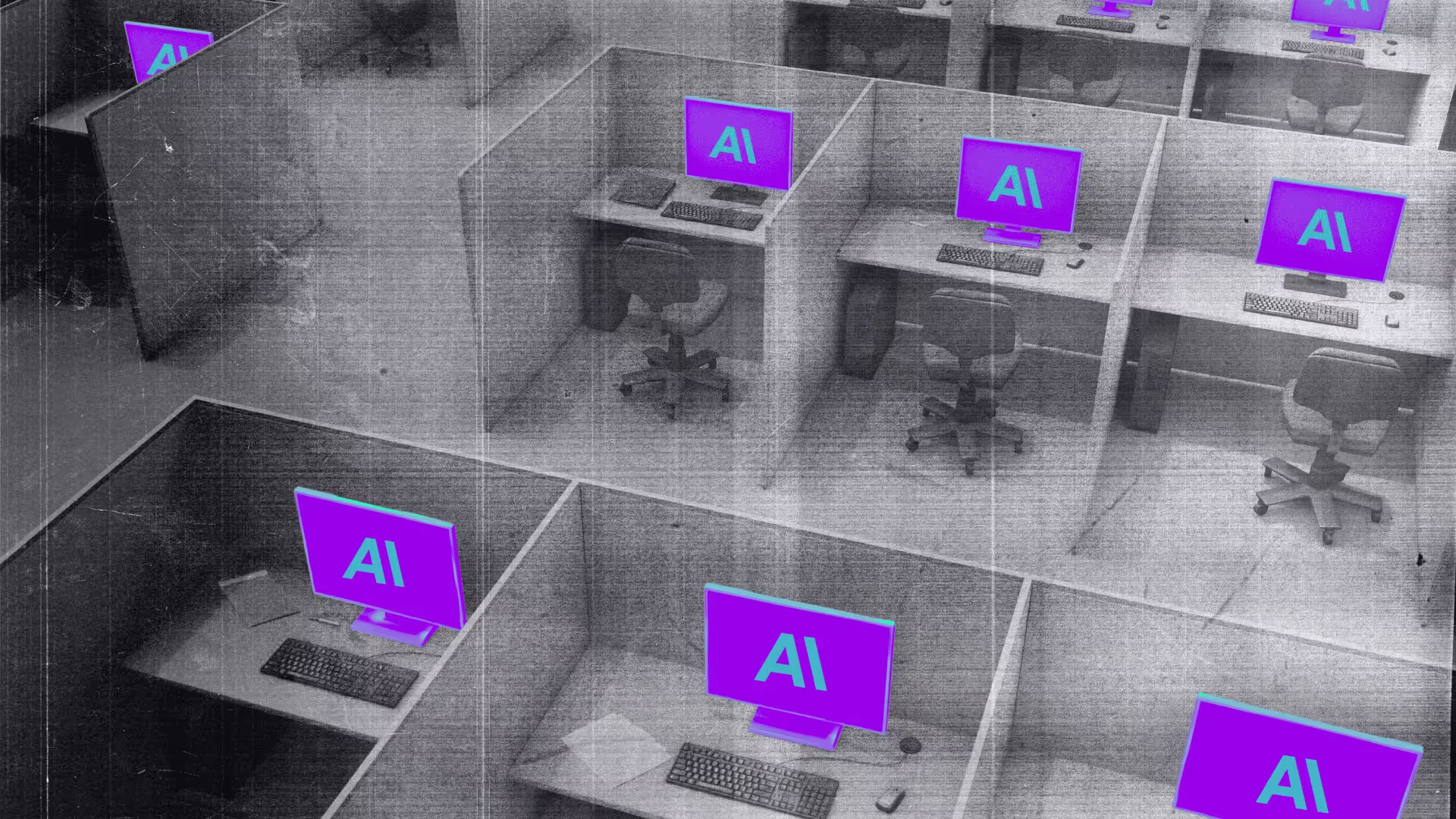The Track
A Section Blog

Can you build a team of just AI tools?

The most AI Proficient industries in 2024
A rundown of the industries that are leading the AI charge – and what sets them apart – and which are lagging behind.

Claude for Teams: What You Need to Know
Will Anthropic's new features in Claude for Teams – “Projects” and "Artifacts" – really make your team more collaborative and productive? We put them to the test.

How to Build a Business with AI
Getting a new business off the ground comes with a lot of moving pieces – and AI can automate a bunch of them. Here's how Ashley Gross built an online community with one person and $400 a month using AI.

How an AI expert built agents for Toyota and Universal Theme Parks
Brian Kolodny has designed chatbots for 37 Global 100 companies. Here's how he used them to create better customer experiences for Toyota and Universal Theme Parks.

ChatGPT Canvas: OpenAI's Trojan Horse for Enterprise Domination
If you missed the launch of ChatGPT's Canvas feature, don’t be surprised – its launch didn't generate the usual hype. But Canvas offers an interesting glimpse into the future of OpenAI's strategic direction.

How I use AI to help my boss prepare for board meetings
We’re not shy about sharing our favorite AI use case: Leveraging it as a thought partner. But not all LLMs are created equally – so Section’s Chief of Staff to the COO, Ana, is sharing how they rank as thought partners for one of her most strategic use cases: Preparing the quarterly board deck.

Squishy vs. hard ROI: Why leaders need both
One of the hardest parts of AI ROI is figuring out how to report qualitative wins to execs who want quantitative reports. At our AI:ROI Conference, Michael Domanic shared the framework for approaching these two disparate kinds of ROI.

AI’s progress may be holding your team back
On paper, the rapid release of new AI models and features looks like a win for knowledge workers. In reality, teams are drowning in AI overwhelm. Here’s how leaders can help them scale an ever-steeper learning curve.







